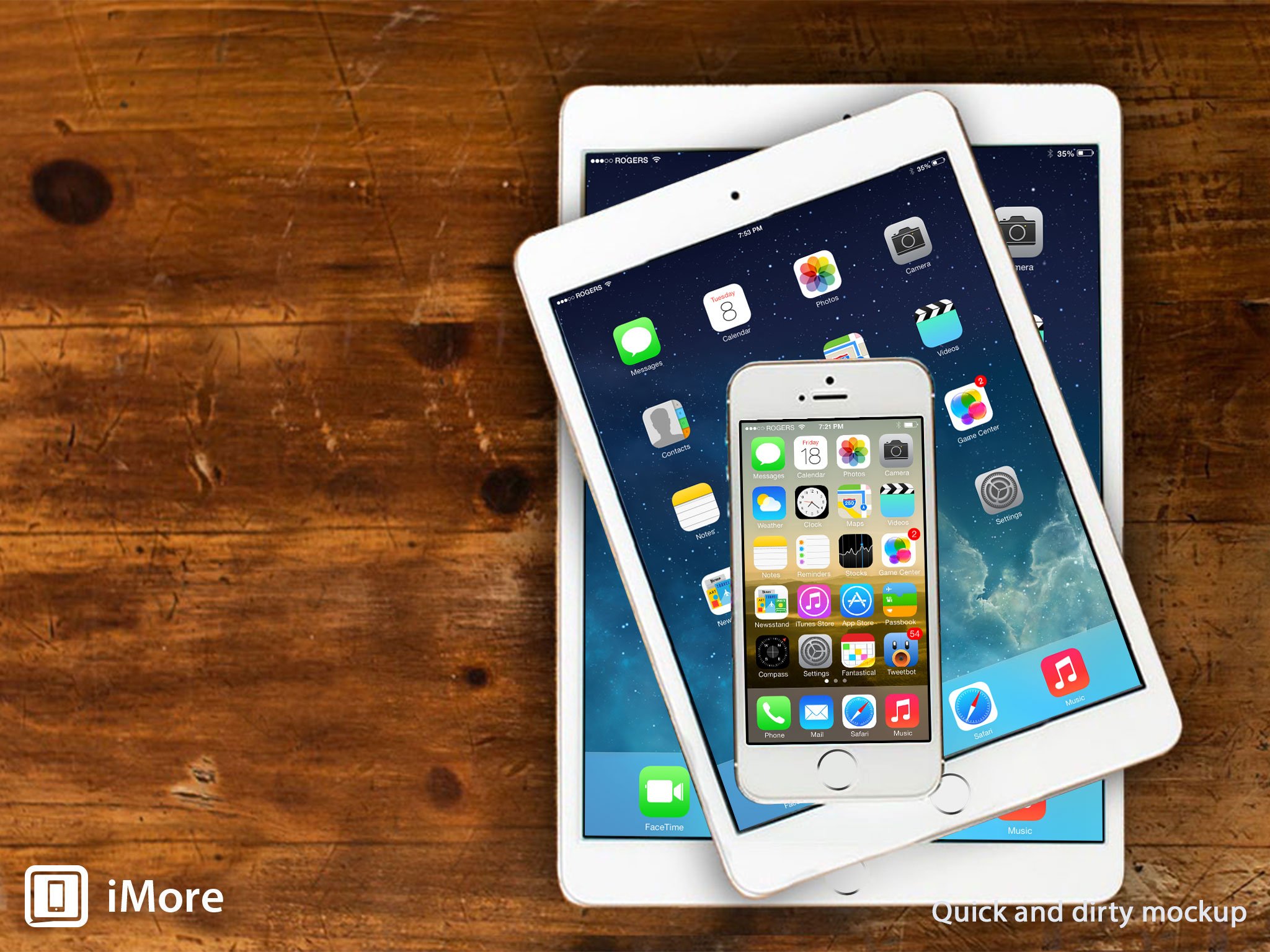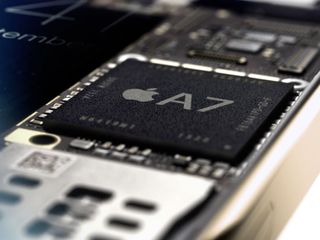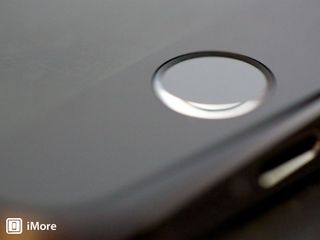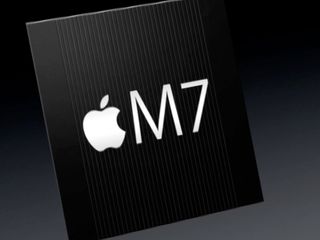Imagining iPad 5 and iPad mini 2: Touch ID, Apple A7, and M7

Analyzing rumors and speculation surrounding Apple's 5th generation iPad and 2nd generation iPad mini chipset and potential fingerprint identity sensor
While a lighter design for the iPad 5 and Retina for the iPad mini 2 are dominating conversation, there are some other new features that could make an appearance in Apple's next-generation tablets, including Touch ID, the fingerprint identify sensor. Of course, Touch ID requires the new Apple A7 chipset and its secure enclave to work, but that's a likely addition anyway, at least to the full-sized iPad. And with the A7 also comes the possibility of the Apple M7 motion-coprocessor. Would that make sense for a tablet? Would any of it? Let's take a look!
Apple A7 and generation jumps

The iPad 4 currently uses the Apple A6X, a quad graphics core version of the iPhone 5's A6. That makes the A7 the logical successor for the iPad 4. The Apple A7 system-on-a-chip (SoC) debuted with the iPhone 5s. Apple says the A7 is twice as fast at both general purpose and graphics processing as its predecessor, the A6, and is 64-bit with support for OpenGL ES 3.0. Codenamed Cyclone, it appears to be 28nm, still dual-core and 1.3GHz, but based on the new 64-bit ARMv8 ISA and paired with a PowerVR Series 6 (Rogue) graphics processor, potentially the G6430, and 1GB of DDR 3 RAM. The only consideration here is whether the GPU is powerful enough to handle Retina on its own, or if we'll see a quad-core A7X to make it even more powerful? Apple favors performance over power, so if they can get what they need out of A7 alone, that's what we'll see.
The iPad mini 2 isn't as clear. The current iPad mini uses the Apple A5 from 2011. That reflects its lower price point and secondary position in the iPad product line. The next logical step up from that is the Apple A6. Using that, however, would rule out Touch ID and likely the Apple M7 as well. How well it would perform with a 2048x1536 Retina display is also a question. The A6X could handle it, since it already handles the iPad 4, but then the question shifts to how well that bigger chipset fits the iPad mini's constraints. Going to the Apple A7 would jump two processor generations, and again shifts the question, this time to costs and production capacity on what's a brand new chipset. We'll talk about iPad mini 2 pricing in a future post, but this is certainly one of the most interesting elements of the iPad mini evolution to watch.
Just like Apple ran the board on Lightning last year, running it on 64-bit A7 this year would make a lot of sense.
Touch ID for tablets

Touch ID currently lets you unlock your iPhone 5s and make iTunes account purchases very literally with a finger. It works so well, people who try it very quickly want it everywhere, including on the new iPads. If Apple does indeed want to grow the footprint of Touch ID, and they have the capacity to produce the sensors in high enough volumes, the iPad 5 certainly seems like the next candidate in line. If it gets an Apple A7 or Apple A7X processor, it should get the secure enclave that comes with it. That means, at least on a technological level, Touch ID would be a possibility.
The iPad mini, again, is a little tougher to figure out. Whether or not Apple brings Retina to the next iPad mini, if they do it with Apple A6 then Touch ID won't be in the cards. If they go with an Apple A7, then Touch ID is in play. The former would keep costs down and keep differentiation up - the big iPad would remain the top-of-the-line iPad - special features and all. If the latter, then, like the iPad 5, Touch ID would certainly be a possibility and low end vs. high end positioning would remain the only consideration.
Personally, I want Touch ID on everything.
Master your iPhone in minutes
iMore offers spot-on advice and guidance from our team of experts, with decades of Apple device experience to lean on. Learn more with iMore!
Apple M7

The Apple M7 motion coprocessor is a sensor fusion hub. It takes in all the information from the accelerometer, magnometer, and gyroscope, and keeps it ready for when the iPhone 5s "wakes up" and an app needs it. Because it's only doing that one job, it requires far less power than the Apple A7 chipset, and so lets the A7 sleep, conserve power, and not have to worry about losing motion data while it does so. Since the M7 keeps a weeks worth of movement, it also means any new apps don't have to start from scratch each time you install them.
But does a chip designed to keep track of moving things make sense on the iPad mini, much less the iPad 5? Sure. Most obviously, for stillness. When the M7 chip detects its not moving, it can power down or slow down other systems to save even more power. For example, it can reduce the frequency of network connections to keep the radios off for longer intervals. It also means apps written to take advantage of the M7 on the iPhone 5s can do the same thing on the iPad 5 or iPad mini 2. Hey, backpackers might want to know their steps as much as runners!
Not surprisingly, just like Touch ID, M7 might be tied to A7. Meaning, if the iPad 5 gets an Apple A7, it could be a candidate for the M7 as well. Likewise the iPad mini. If, however, the mini goes to A6, it seems less likely the M7 will follow.
If it looks like there's a lot of dependencies affecting a lot of product decisions there, imagine how Apple must feel! Again, I'd like M7 to run the line.
More to come
iMore will be providing complete coverage of Apple's October 22 iPad and Mac event, including and especially the iPad 5 and iPad mini 5.

Rene Ritchie is one of the most respected Apple analysts in the business, reaching a combined audience of over 40 million readers a month. His YouTube channel, Vector, has over 90 thousand subscribers and 14 million views and his podcasts, including Debug, have been downloaded over 20 million times. He also regularly co-hosts MacBreak Weekly for the TWiT network and co-hosted CES Live! and Talk Mobile. Based in Montreal, Rene is a former director of product marketing, web developer, and graphic designer. He's authored several books and appeared on numerous television and radio segments to discuss Apple and the technology industry. When not working, he likes to cook, grapple, and spend time with his friends and family.